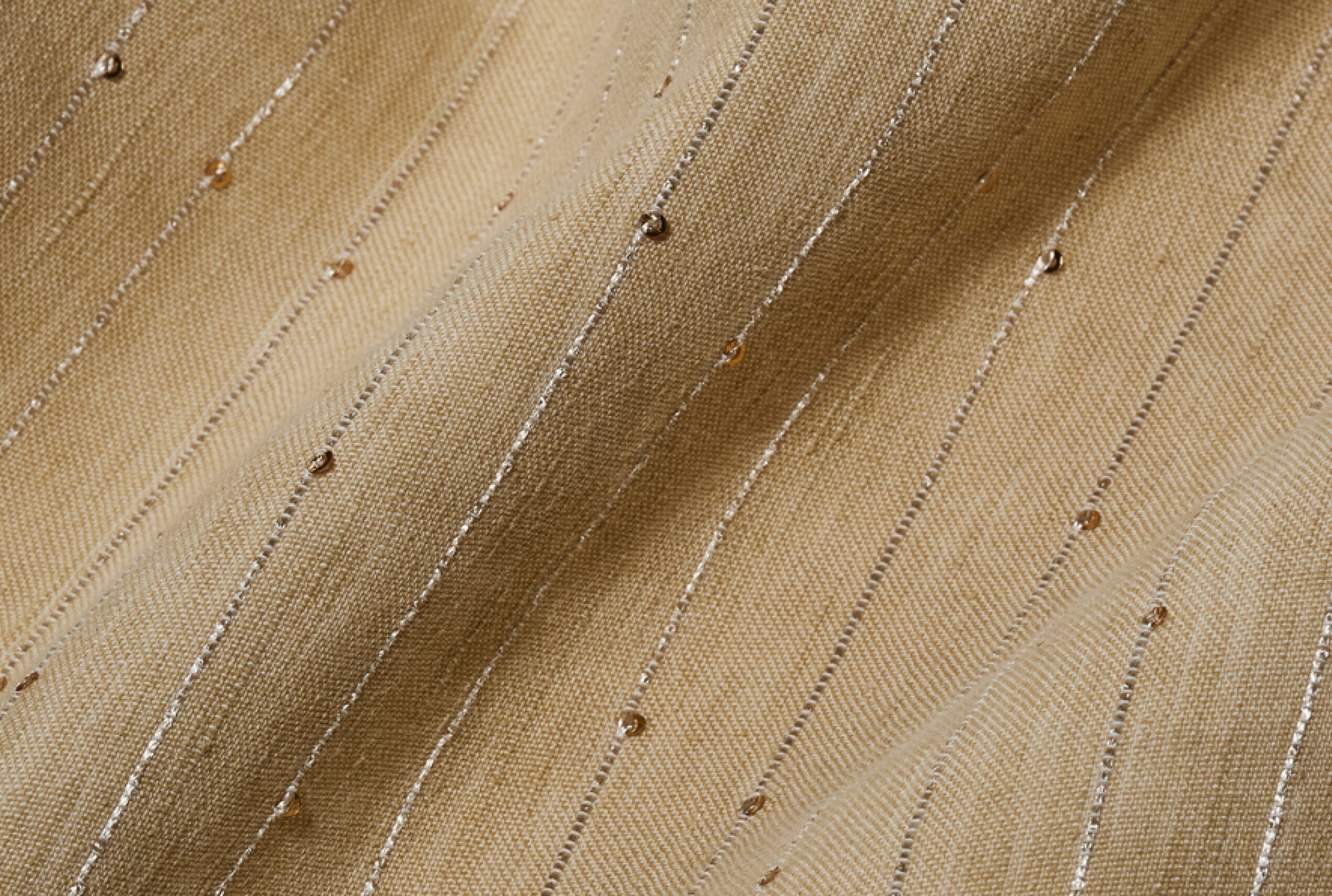In the digital world, where physicality seems to disappear, textiles continue to play a decisive role—though in a different form: no longer to be touched, but to be simulated.
Beyond Physicality: Materials in the Digital World
In the digital world, garments are not made of fibers, but of bits. And yet, every digital outfit requires a texture, visual weight, and movement that reflect a real-world material.
Thus, the language of textiles is translated into digital form. It becomes a visual effect to be crafted with precision, often inspired by real materials such as silk, wool, or denim. In this process, textile expertise becomes essential even for digital designers.
The Evolution of Digital Clothing
Digital garments are becoming a powerful space for fashion experimentation. From runway shows in the metaverse, to exclusive NFT fashion pieces, to virtual capsule collections—textile culture makes the difference.
Understanding how a real fabric would behave is key to making a digital garment feel believable and recognizable.
A Paradox of Matter
It may seem paradoxical: the more fashion becomes dematerialized, the more material knowledge gains ground.
In this evolving landscape, textiles enter the metaverse in three key ways:
-
Inspiration
-
Realism
-
Innovation
Patterns, shapes, weights, and textures are constantly reinvented in the digital realm.
Between Craftsmanship and Simulation
This scenario opens the door to new professional figures: specialists who combine textile knowledge, 3D modeling, and digital creativity.
It’s not a replacement, but an expansion into a new expressive field—where craftsmanship is translated into code, and every pixel tells a new story.
A Transformed Textile
In the digital world, textiles don’t lose relevance—they change form. And for this very reason, those who deeply understand real materials will always be a step ahead in the virtual world.
Because even behind the most spectacular digital garment, there’s always an idea of fabric.

